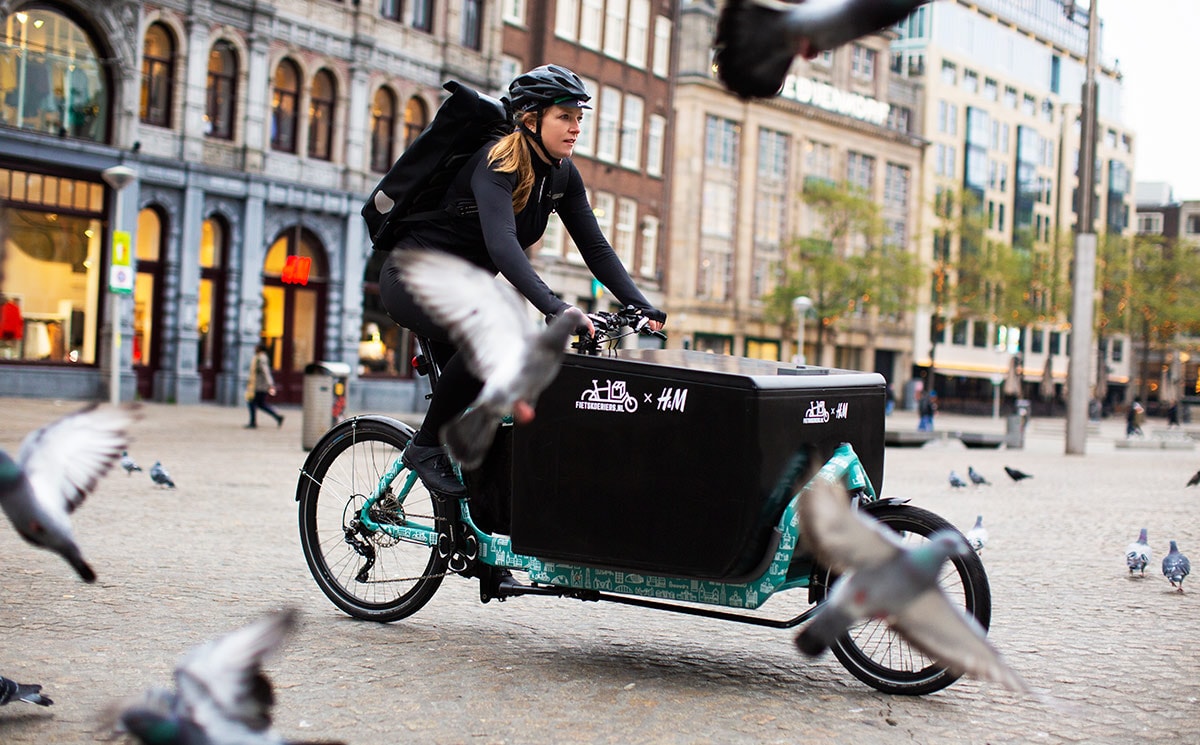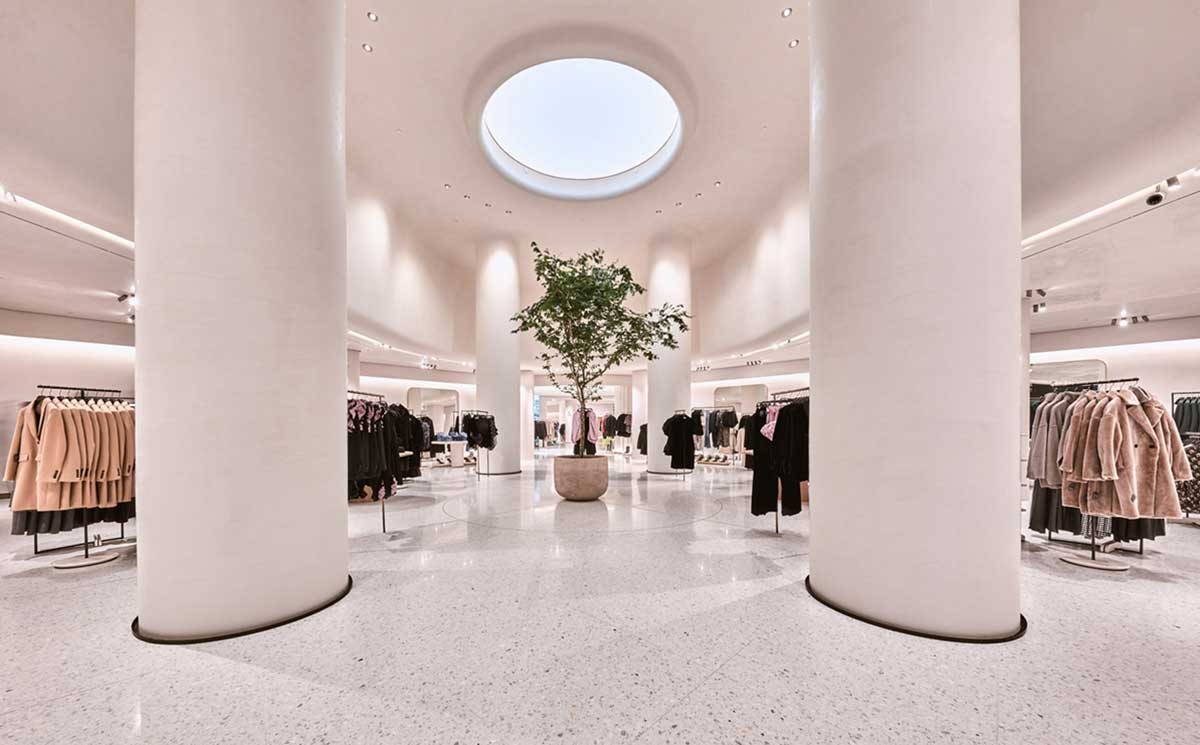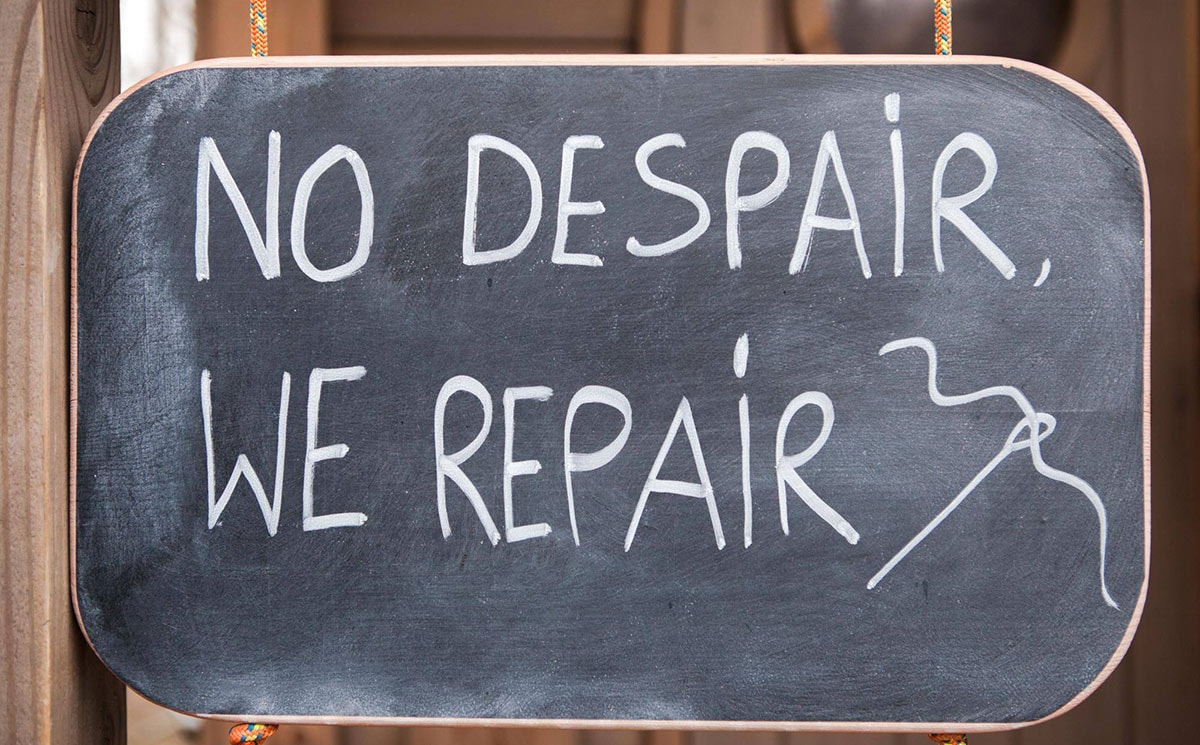
The European textile industry has to waste less and recycle more after
being highlighted as a key sector by the European Commission in its
industrial strategy for a transition to a circular economy. With the
commission's new plan, voluntary green initiatives by the textile industry
could become legally binding in the future.
In its plan for a European Green Deal, the Commission outlined a varied
set of green measures for resource-intensive sectors varying from
construction to textiles. They all aim to align the industries with the
EU’s goal to become the first climate-neutral bloc by 2050.
The Commission wants to extend the responsibility of textile companies
and push them to offer reusable, durable and repairable products, according
to the Green Deal plan published on Wednesday. Waste needs to be reduced
and, where it cannot be avoided, recycled. The EU also aims to empower
informed consumer choices while tackling ‘green washing’.
First climate-neutral bloc
“Our goal is to reconcile the economy with our planet, to reconcile the
way we produce, the way we consume with our planet,” Ursula von der Leyen,
the European Commission President, said on Wednesday. “I believe that the
old growth model that is based on fossil fuels and pollution is out of
date.“
The European Union strives to become a world leader in the circular
economy as part of the Green Deal set out by the new Commission. Under the
plan, the EU aims to be climate-neutral by 2050 by making its industries
greener with the help of digitalisation.
While the plan of the EU is ambitious, “the real question is how it is
going to be put in place,” Mauro Scalia, director sustainable business at
Brussels-based textile association Euratex, said by phone. “One thing is
discussing ambitions for zero-pollution, the other thing is to see how this
will be addressed in the real legislative process – whether there will be
soft policy or hard regulation.”
Circular products and business models
The sustainable products policy will support circular design based on a
common set of methods and principles, said the EU. Waste will be prevented
by reducing and reusing materials with companies being encouraged to offer
reusable, durable and repairable products. New business models based on
renting and sharing goods and services may also help to reduce waste “as
long they’re truly sustainable and affordable”.
The EU has tapped into an area that textile companies have been
increasingly exploring in recent years. Fashion retail giant C&A has sold
more than four million pieces of circular Cradle to Cradle garments , while competitor H&M started testing a renting service
last month at its Stockholm flagship store. These pioneering
efforts, however, are still in their early stages and are still relatively
niche in the 1,9-trillion-dollar clothing market. Less than one percent of
material used to produce clothing is currently recycled, according to a
report by the Ellen MacArthur Foundation. Typically, clothing design
doesn’t take recycling into consideration.
Informed consumer choices
The EU hopes to boost demand for circular products by encouraging public
institutions to lead by example with their purchases. By fitting police or
hospital staff with greener uniforms, for example, European countries
could help textile companies to make the investments that wouldn’t be made
when demand was uncertain, said Scalia.

Comparable and verifiable information could also help consumers to make
more sustainable decisions, according to the EU. An electronic passport,
for example, would provide information on a product’s origin, composition,
as well as its repair and dismantling possibilities, and end of life
handling, said the EU roadmap.
While various fashion companies such as Zalando and PVH Corp have tested
the use of blockchain amongst other technologies in the supply chain to
offer trustworthy information, projects have remained in their pilot stages
so far and haven’t been widely implemented.
The EU also hopes to reduce “green washing” as companies begin to use a
standard to assess green claims. While the Commission said it will step up
efforts to tackle false green claims, it’s still unclear which standards
might be used for textiles.
Apparel associations now hope that the Higgs Index could be recognised
as standard measurement for sustainability, according to a paper published
by the Policy Hub, which is backed by lobbies such as the Sustainable
Apparel Coalition, the Federation of the European Sporting Goods Industry
and the Global Fashion Agenda.
More (and better) recycling
The EU Commission considers new legislation to reduce overpackaging and
waste. Packaging in the EU has to be reusable or recyclable by 2030 and
measures against single-use plastics will be implemented. The circular
economy action plan also seeks to increase recycling of used materials and
by-products by considering legal requirements to boost the market and
looking into waste collection.
One factor limiting the widespread use of recycled materials remains its
higher price compared to virgin materials. With the circular economy plan,
the textile industry is now hoping for additional public funding for
technology research and tax-reductions for circular goods and materials, as
papers published by lobby groups Euratex and the Policy Hub show.
While the plan for the Green Deal published on Wednesday laid out
circular measures for a wide range of industries, it remains to be seen
when any specific regulation for the textile industry will be announced.
More information on the Circular Economy Action Plan will be provided in
March 2020, said the EU Commission.
“The Green Deal is very ambitious but also very careful in assessing the
impact and every single step we’re taking,” said von der Leyen on
Wednesday. “This is Europe’s man on the moon moment.”
Picture: Quelle: EC - Audiovisual Service Lukasz Kobus / Jennifer
Jacquemart | European Union, 2019
* This article was originally published here






